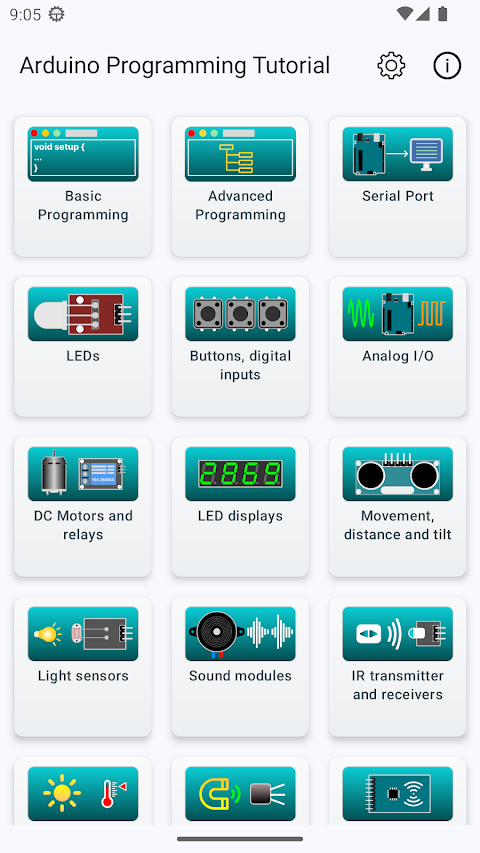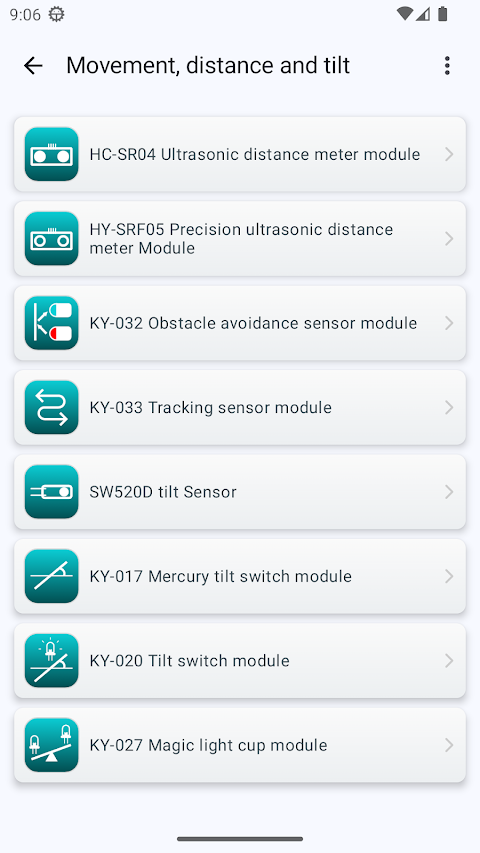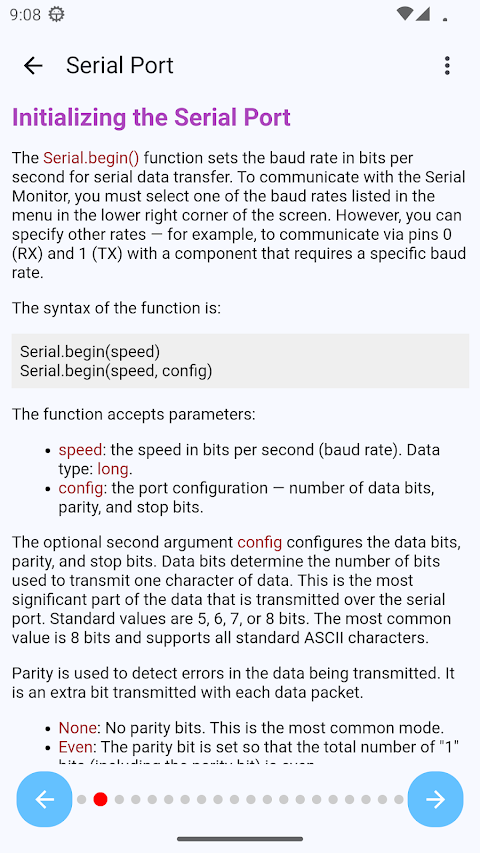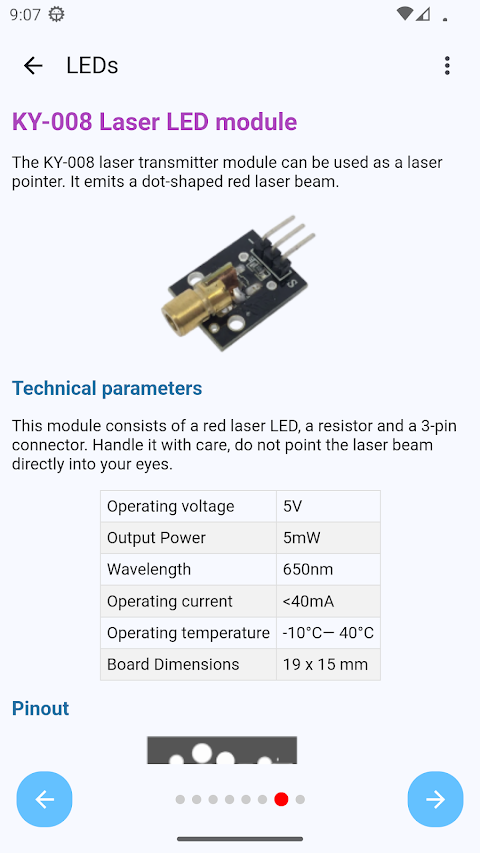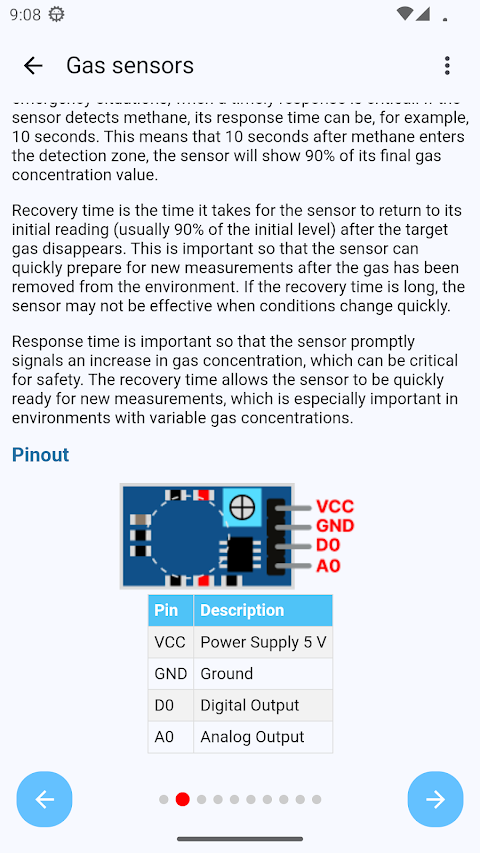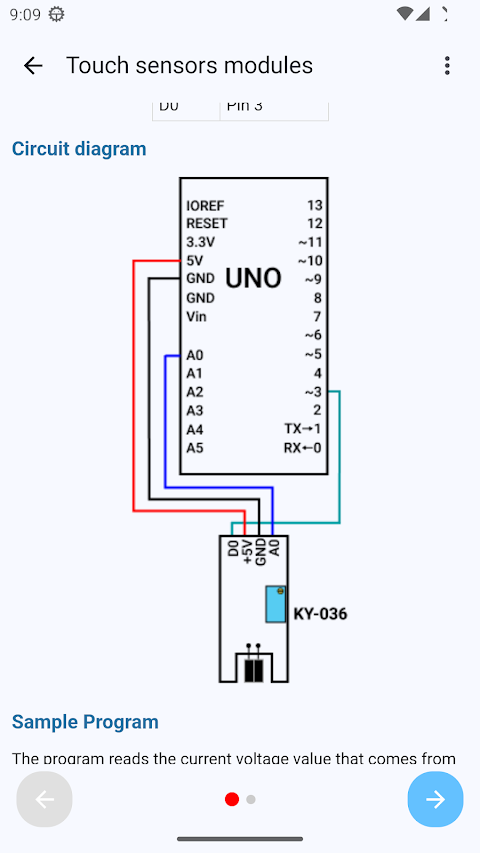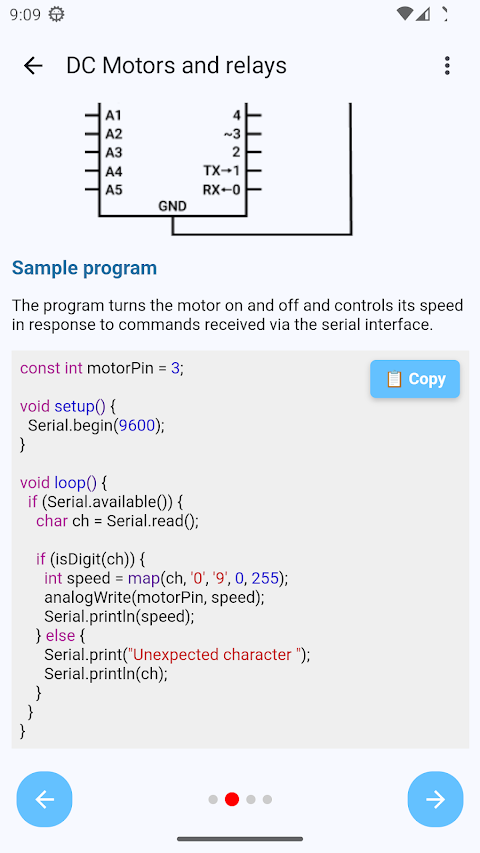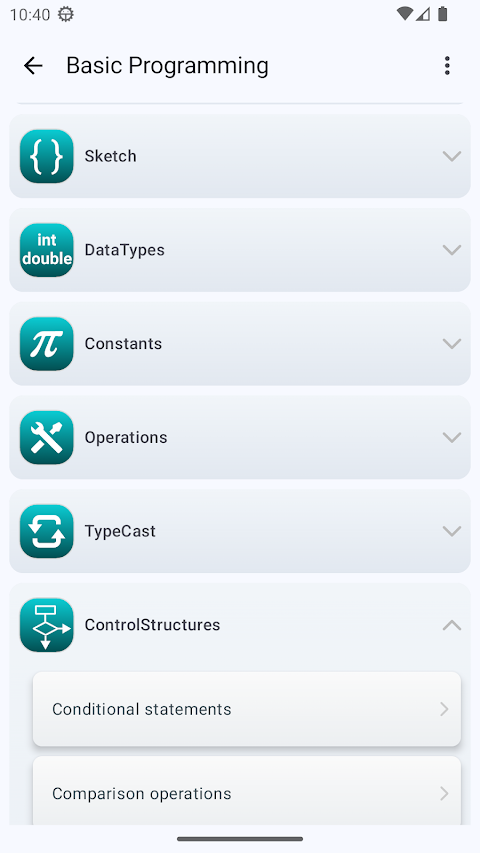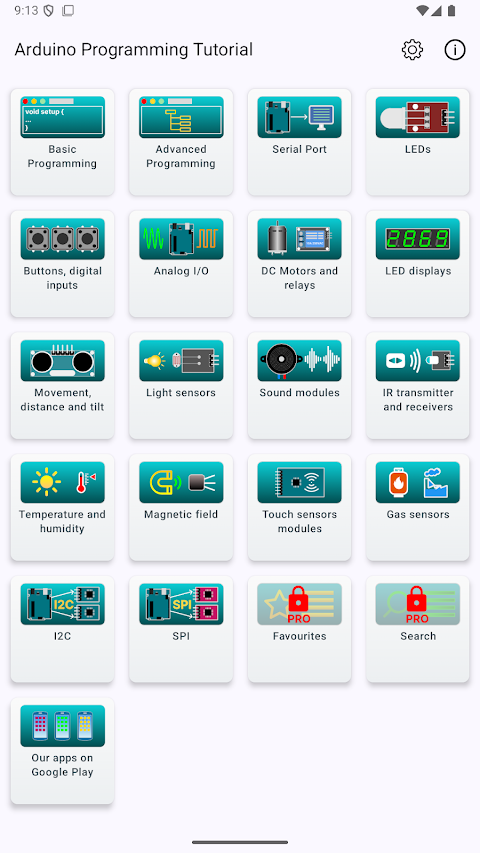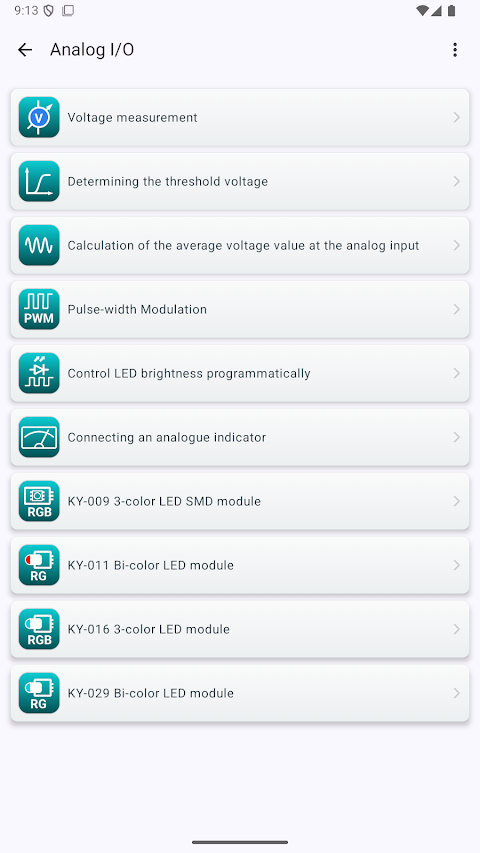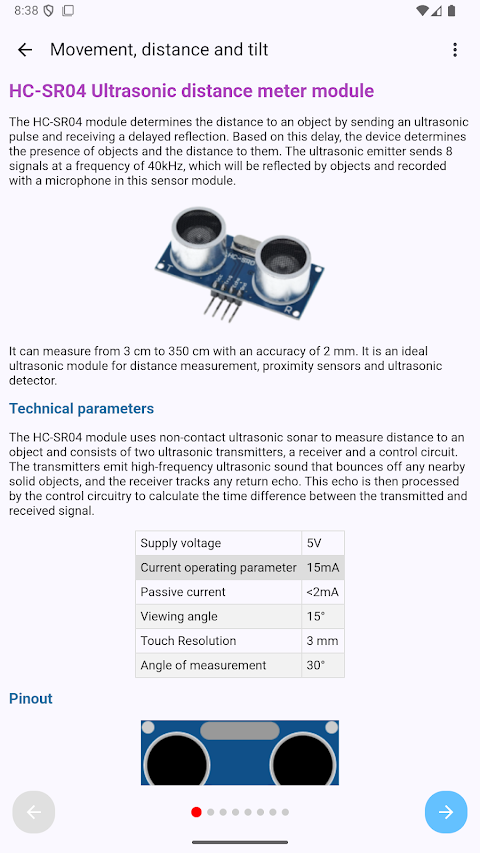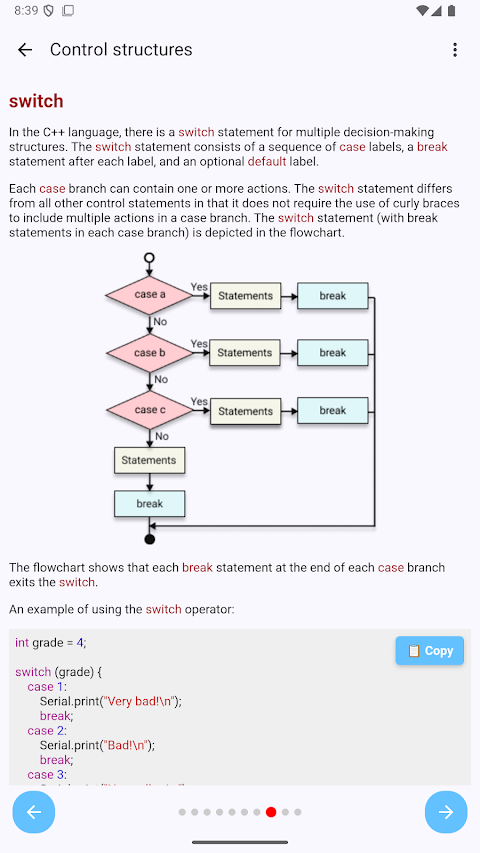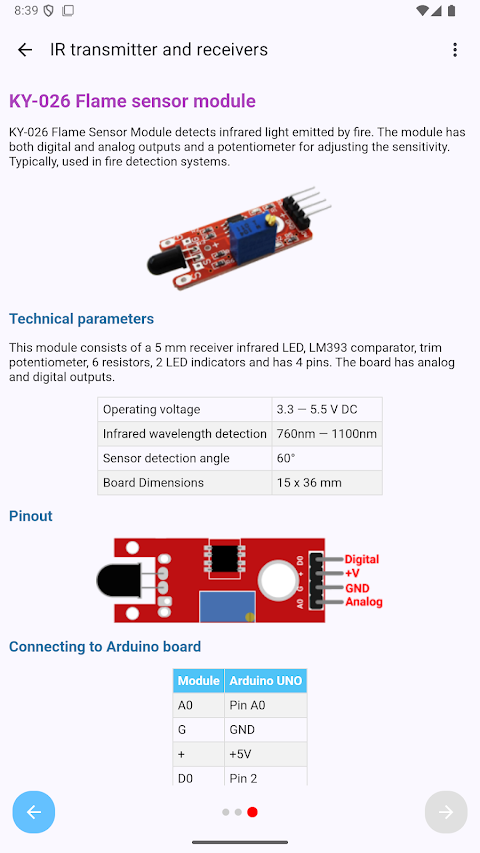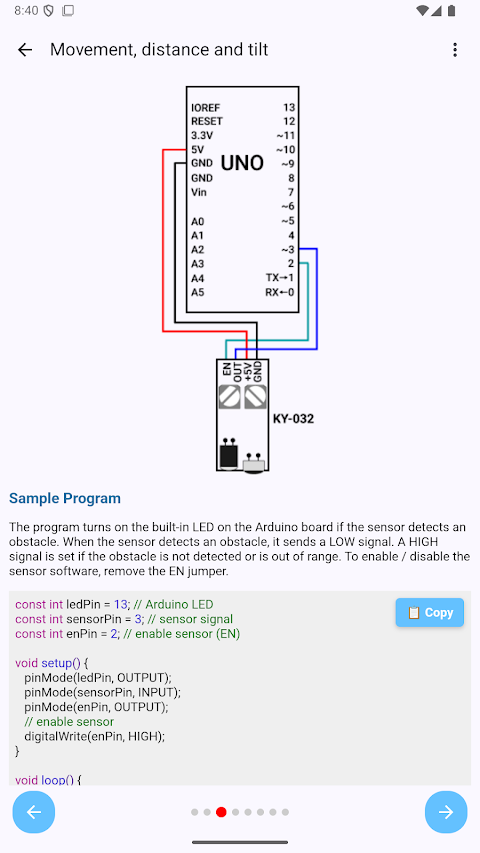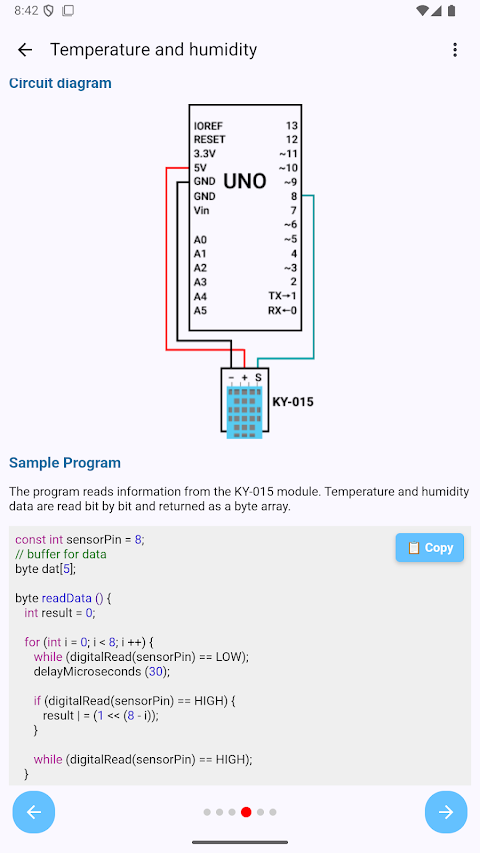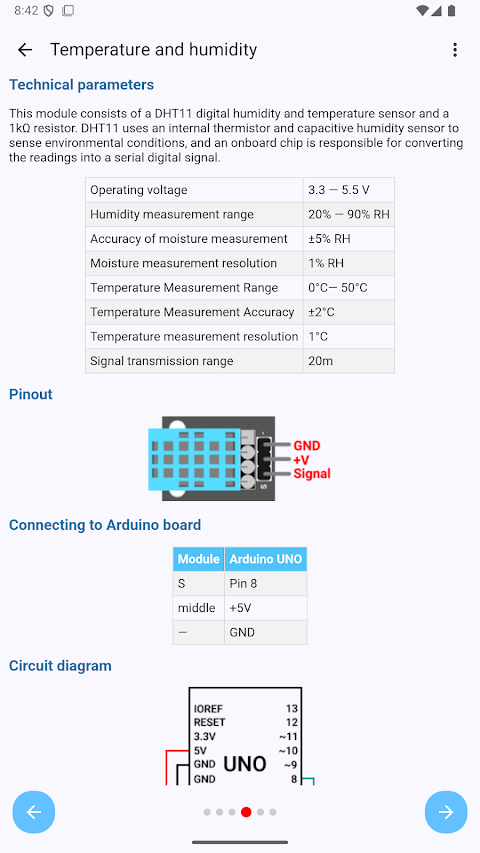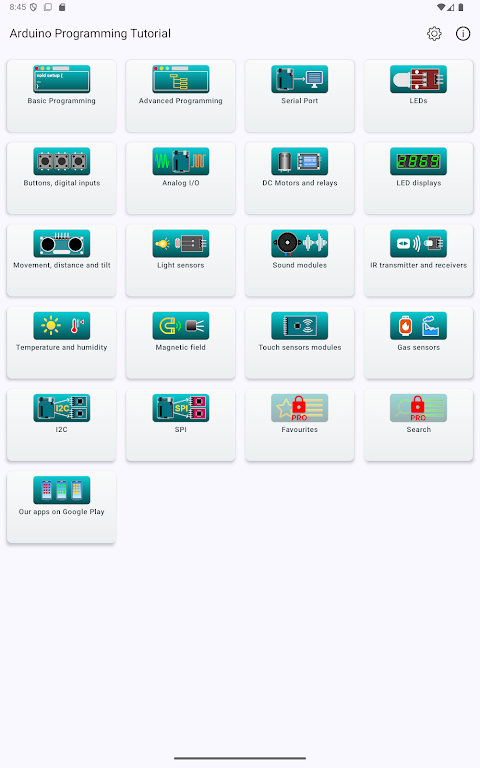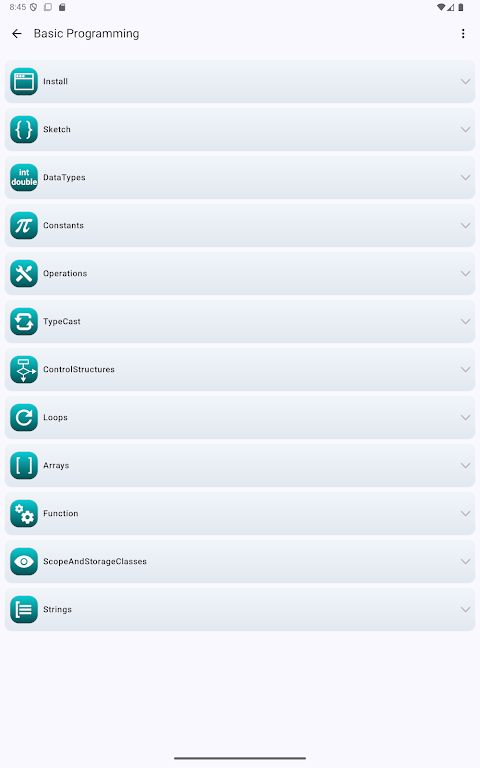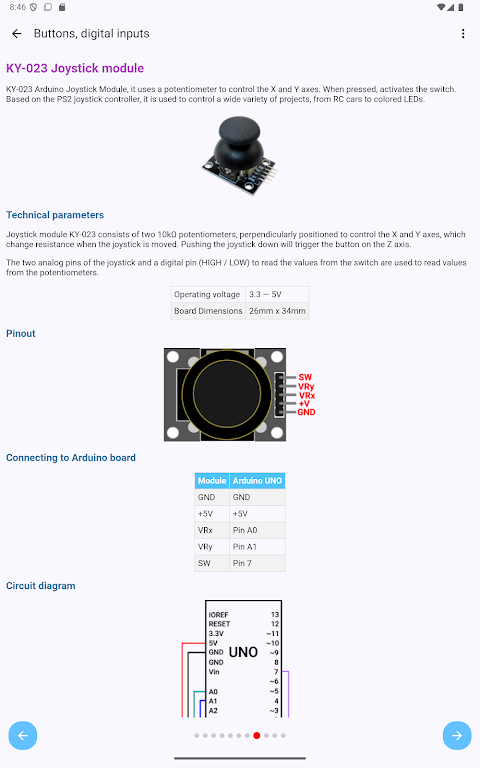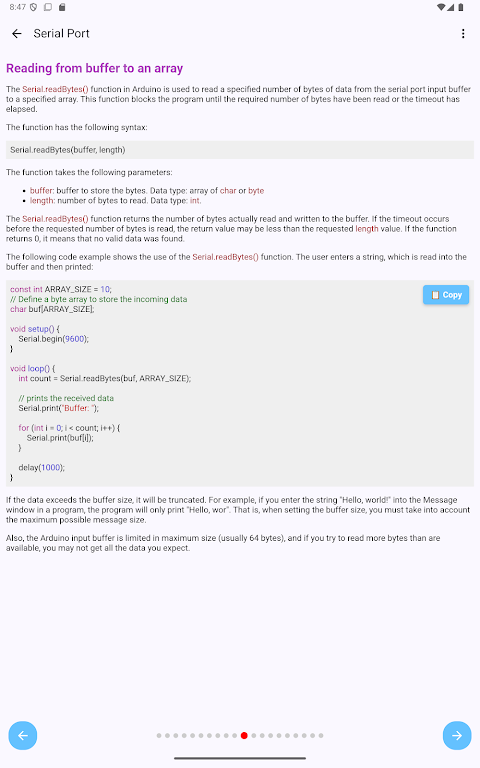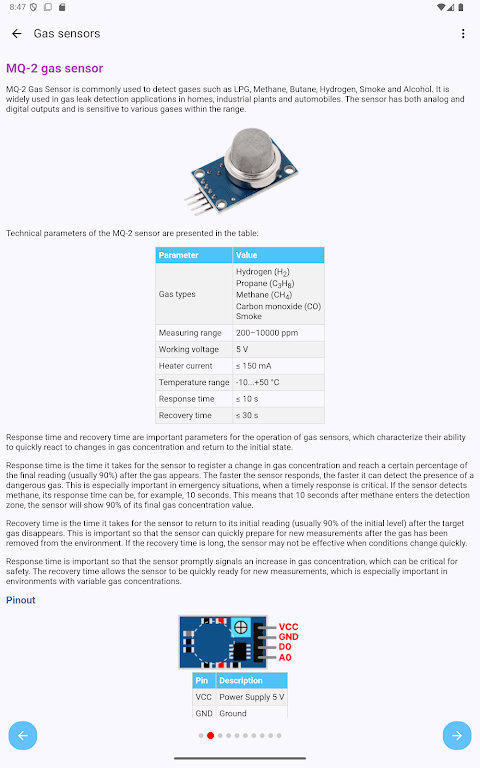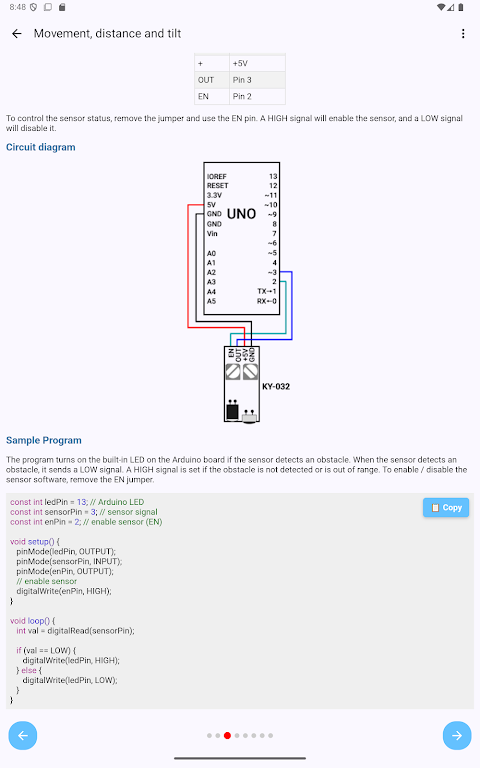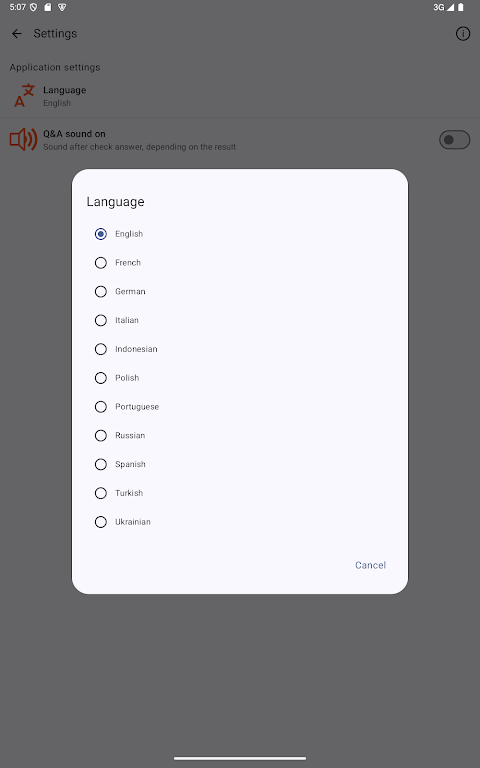about Arduino Programming Tutorial
Arduino boards can be connected to a variety of electronic components, sensors, and modules, and are widely used in a range of circuits and automation projects. This application serves as a reference for numerous peripheral electronic components, analog and digital sensors, and external modules compatible with Arduino. It includes detailed descriptions, usage instructions, integration steps, and code examples.
The application content is available in the following languages: English, French, German, Indonesian, Italian, Polish, Portuguese, Russian, Spanish, Turkish, and Ukrainian.
The application contains following hardware examples:
- LEDs, digital outputs
- Buttons, digital inputs
- Serial port
- Analog inputs
- Analog outputs
- DC Motors
- Timers
- Sound
- Ambient light sensors
- Measuring distance
- Vibration sensors
- Temperature and humidity sensors
- Rotary encoders
- Sound modules
- Displacement sensors
- Infrared Sensors
- Magnetic field sensors
- Touch sensors
- Tracking sensors
- Flame detectors
- Heartbeat sensors
- LED modules
- Buttons and joysticks
- Relays
The programming guide covers the following topics:
- Data types
- Constants and literals
- Operations
- Typecasting
- Control Structures
- Loops
- Arrays
- Functions
- Variable scopes and storage classes
- Strings
- Pointers
- Structs
- Unions
- Bit fields
- Enums
- Preprocessor directives
- Test questions/answers
- Communications
- Serial Port functions and samples
- Serial Monitor usage
All contents and quizzes are updated in every new version.
Note: The Arduino trademark, as well as all other trade names mentioned in this program, are registered trademarks of their respective companies. This program is developed by an independent developer and is in no way affiliated with these companies and is not an official Arduino training course.

